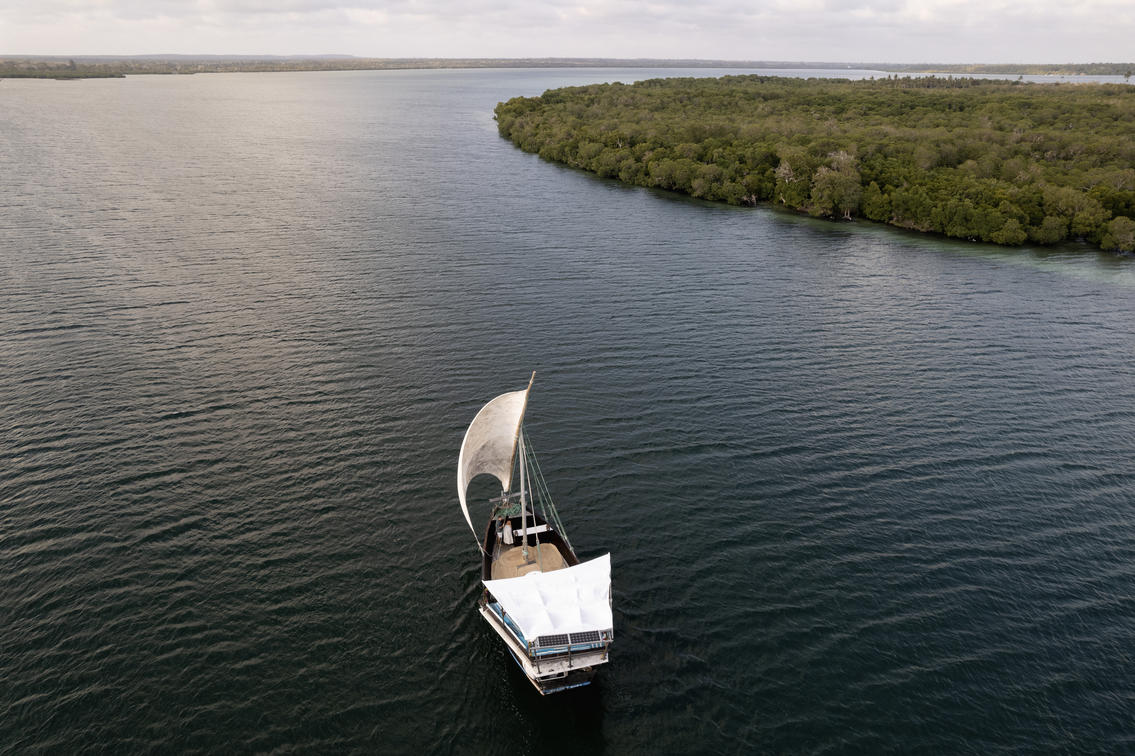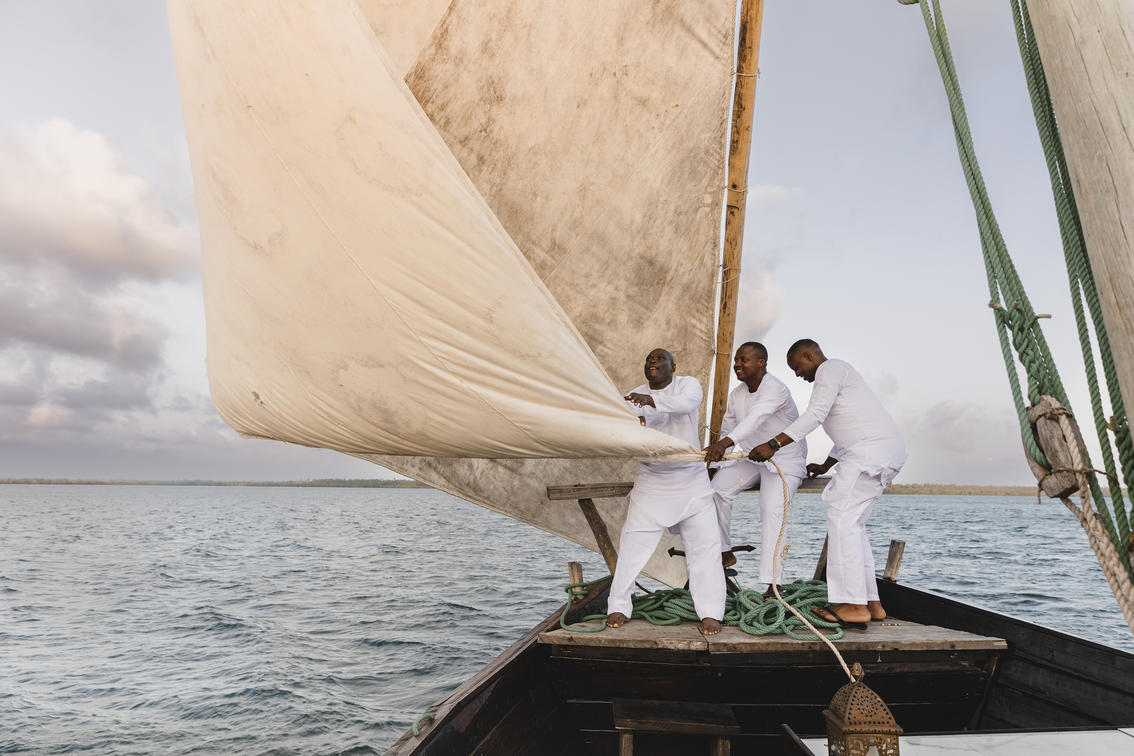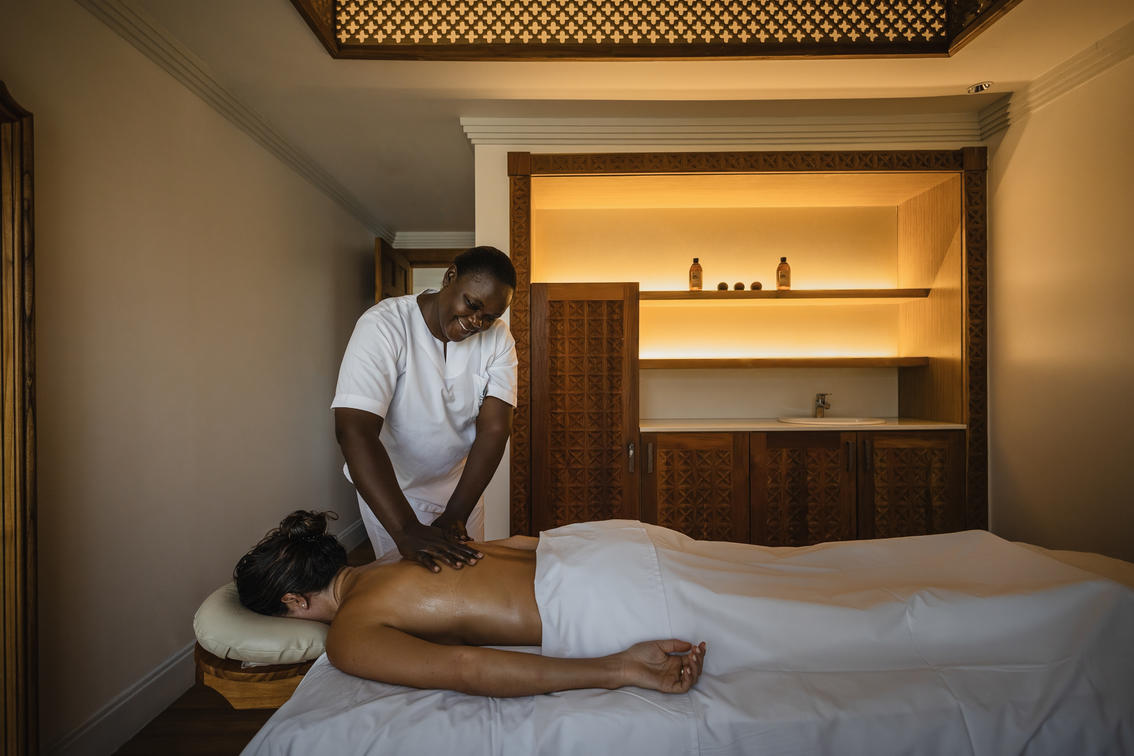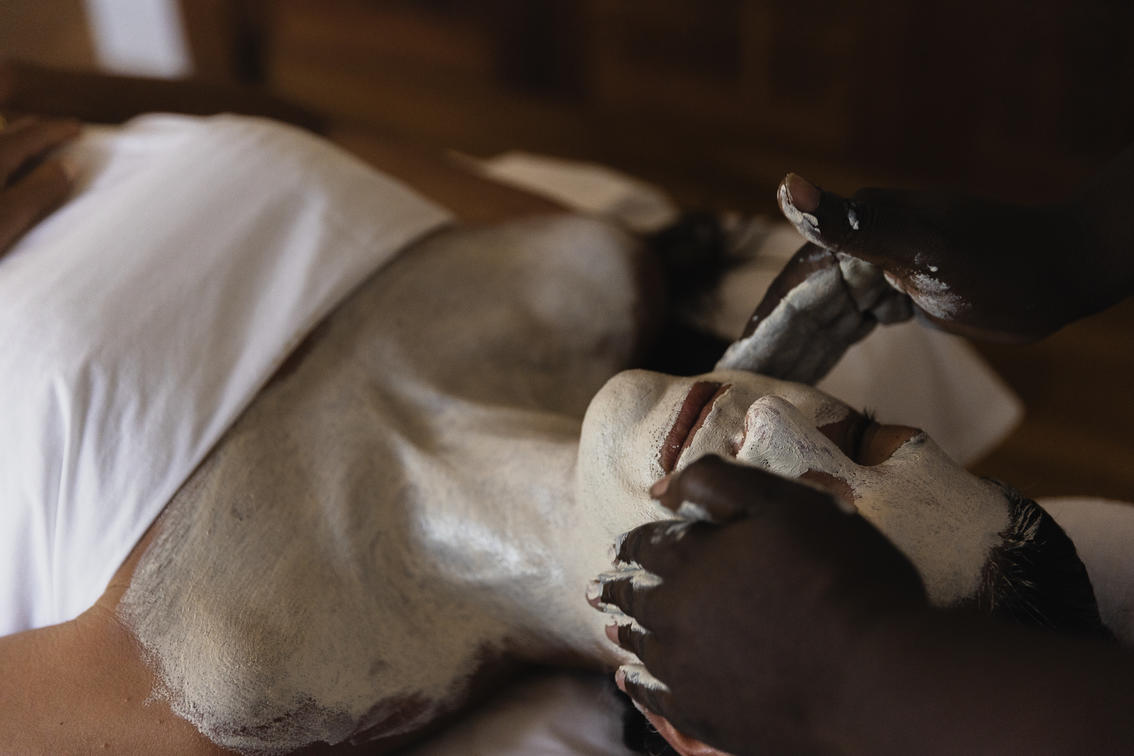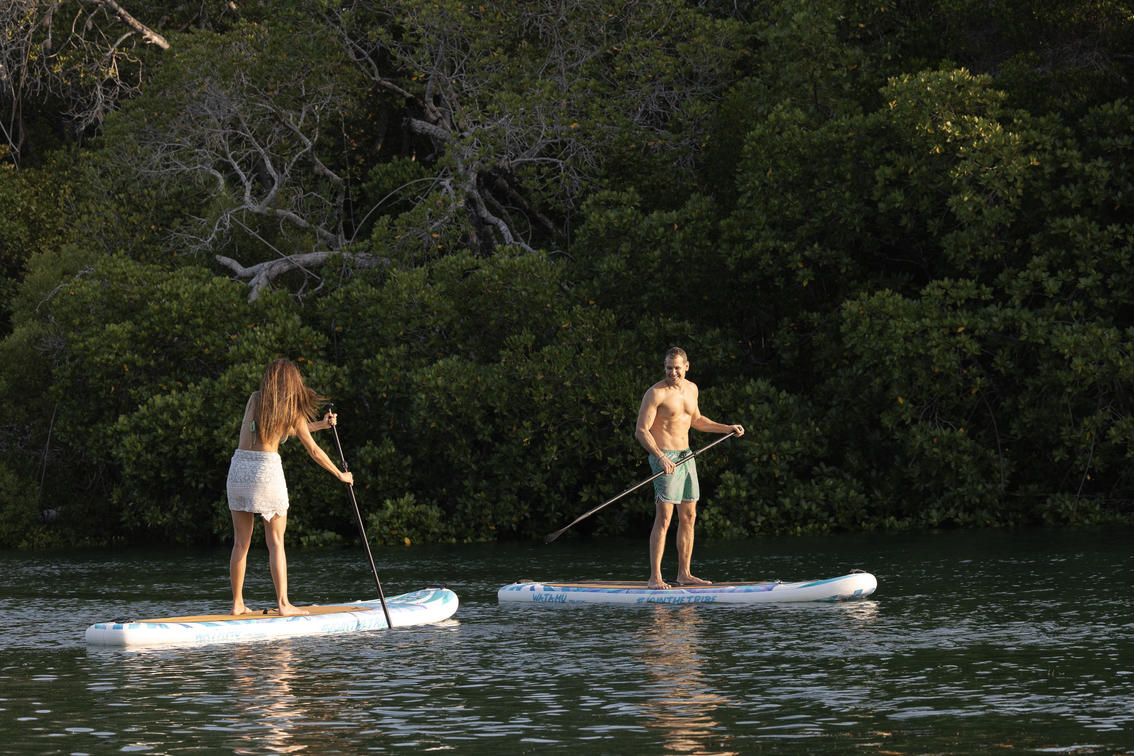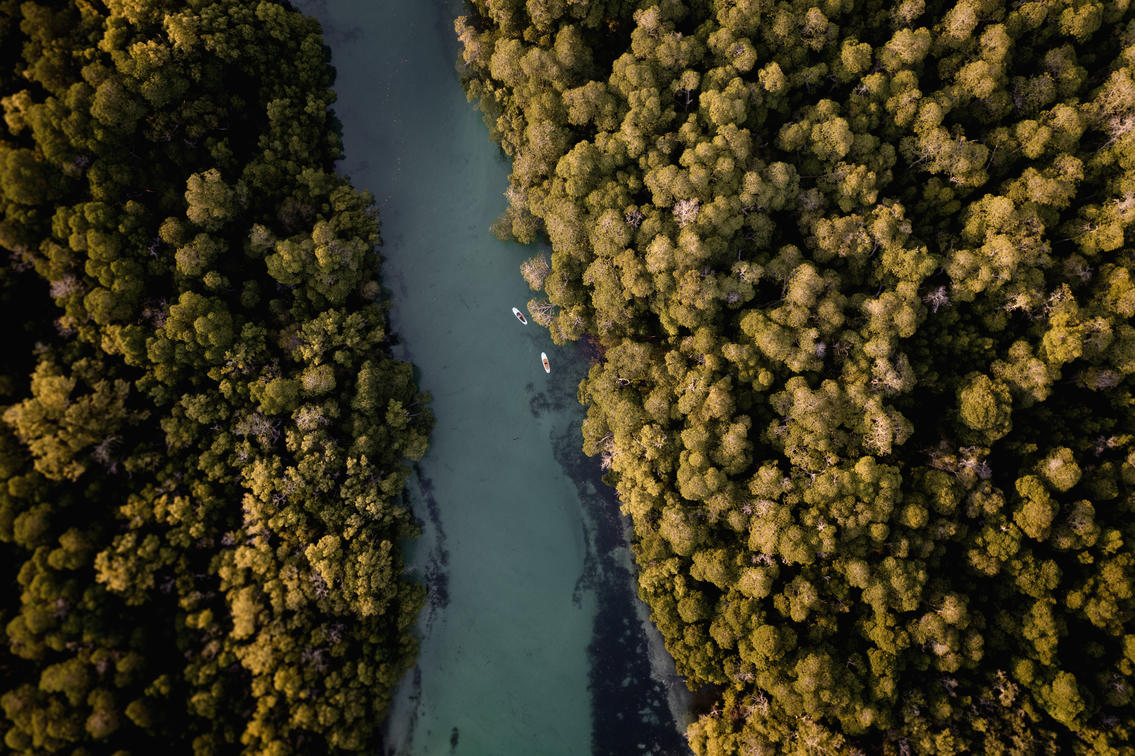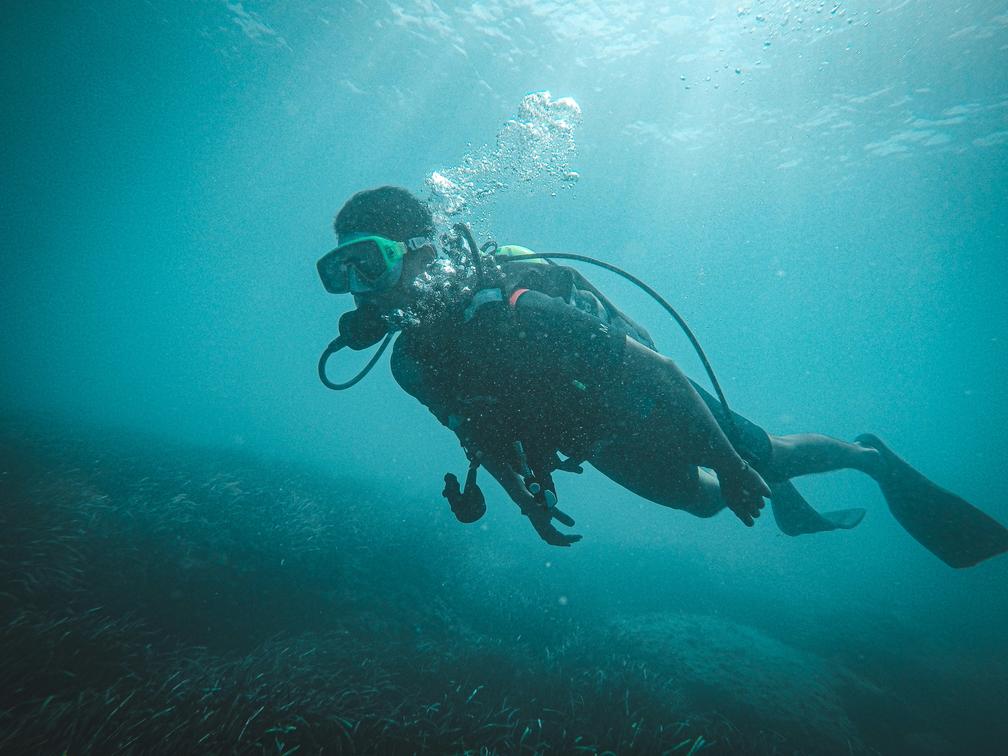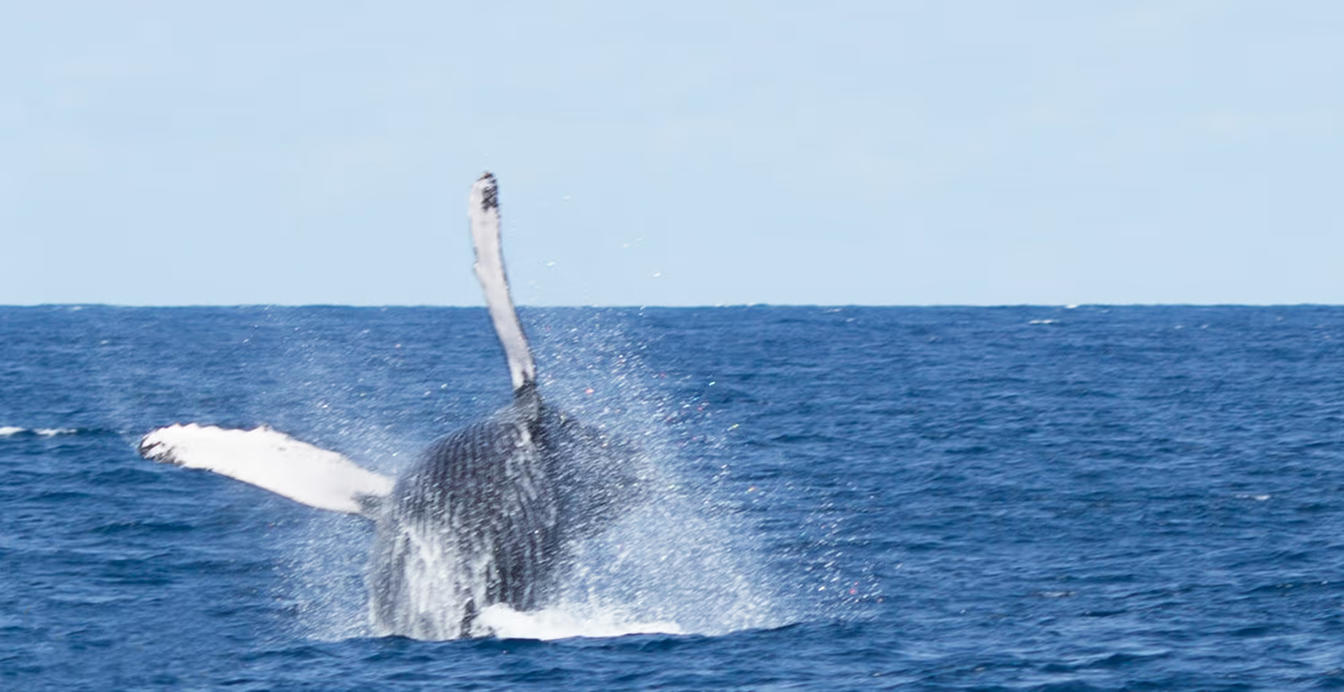Hemingways Watamu
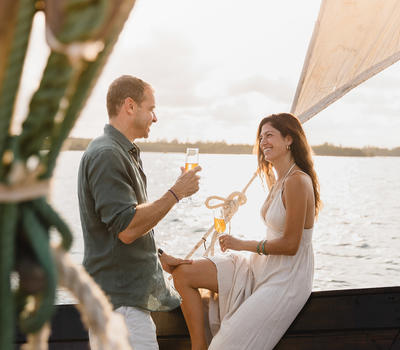
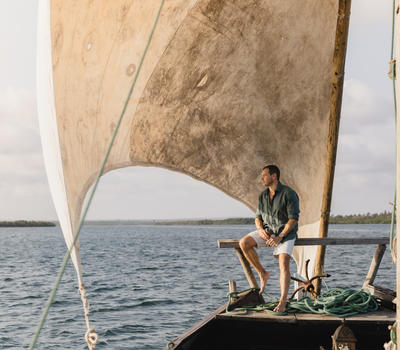
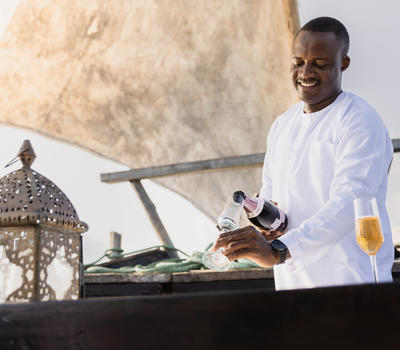
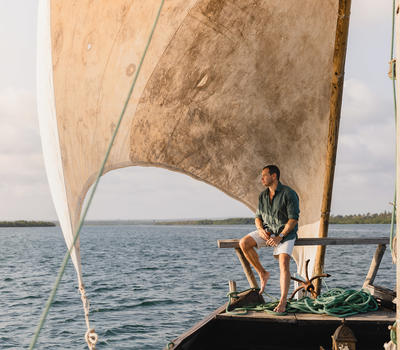
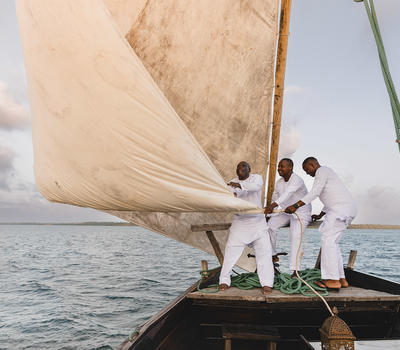
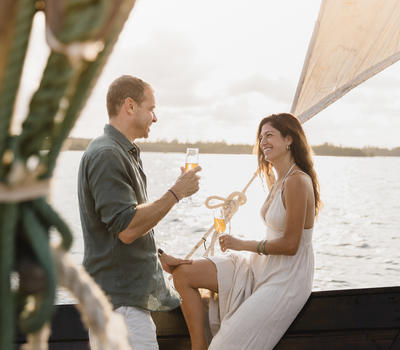

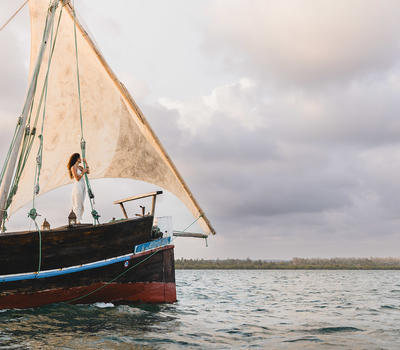
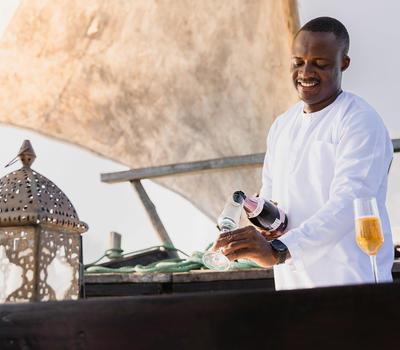

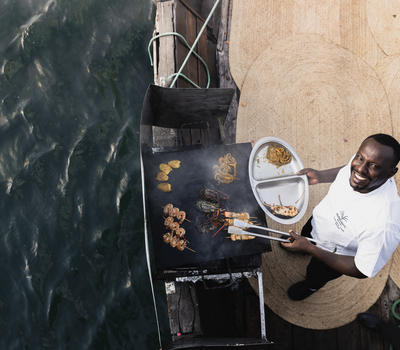
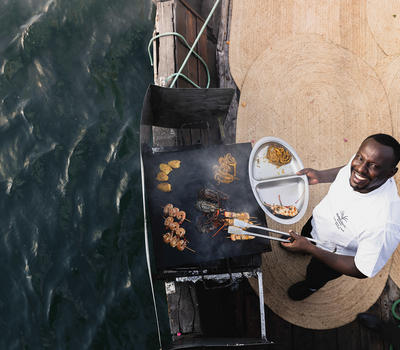
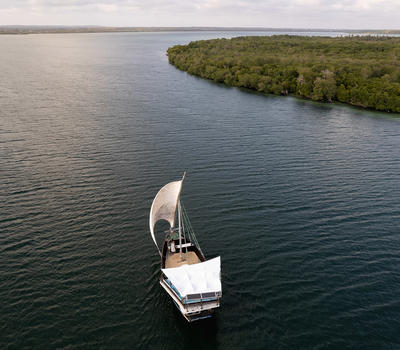
Dhow Cruise
Step aboard a traditional dhow for a stunning sunset cruise, where gentle breezes and the warm colors of twilight set the scene. Relax on cushioned decks, enjoying refreshing drinks and freshly prepared seafood as you drift peacefully through calm waters. This intimate experience promises a memorable evening surrounded by nature’s beauty, perfect for unwinding as the sun slips below the horizon.
Show More
Show Less


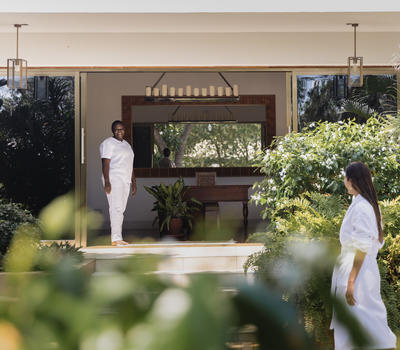
Spa Treatments
(EXTRA)
Indulge in a luxurious spa experience designed to restore your mind and body. Choose from a range of soothing massages, revitalizing facials, and invigorating treatments, all crafted with natural, locally sourced ingredients. In a tranquil setting, let the expert therapists melt away your stress and leave you feeling refreshed, rejuvenated, and fully relaxed.
Show More
Show Less
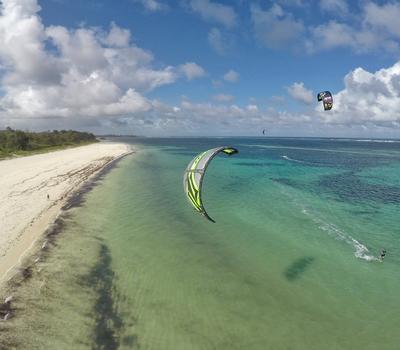
Kitesurfing
If you are up for the challenge, sign up for one of the courses at Tribe Watersports, one of the best kite surf school in Kenya, which is a stroll away down the beach. It welcomes beginners and experienced kite-boarders. The warm, forgiving waters and the sand-cushioned sea bed are kind to beginners while the reef with its swells, kickers and sliders is a wild water-park for confident kite-boarders.
Show More
Show Less


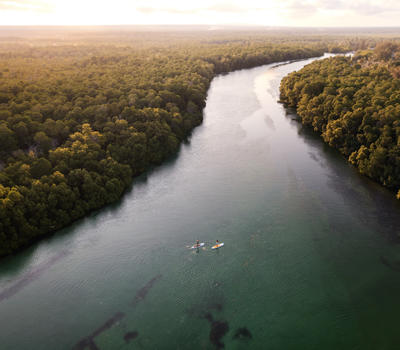
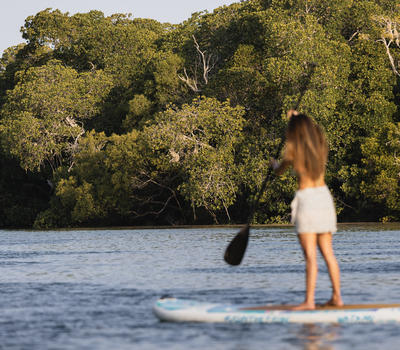
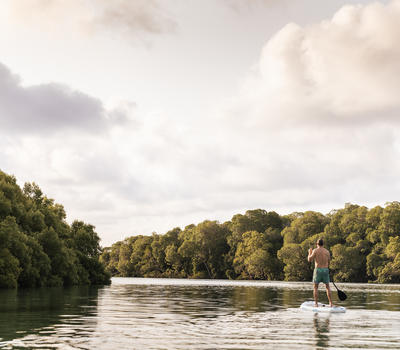
Stand up paddle boarding
Stand Up Paddle (SUP) is one of the most up and coming sports for everyone, which is fun and great for communing with wildlife on their level. Whether its watching sea turtles take a breath or the sharks and rays swimming in Turtle Bay, or to entice the curious Watamu dolphins who may join you, this is the best, most natural way above the water to view the marine life in our Park and Reserve.
Show More
Show Less

Scuba diving
Diving takes place all year round although in our rainy season can be limited to inside the lagoon. Dives range in depth from only 6 or 7 metres to 30 metres, all taking place on the fringing reefs that grow along the shore of Kenya. The Watamu Marine Park is amazingly rich with over 500 species of fish inside the lagoon and over 1000 if you include the second and third reefs. Lion fish, groupers, barracuda, damsels, moray eels, butterfly fish and parot fish abound. Wonderful Nudibranchs are also fascinating to watch.
Whale shark and Manta rays are also seen and provide a very special experience even to the experienced diver. Over 200 brightly coloured coral species also inhabit the waters giving food and shelter to this underwater world.
Certified courses available: PADI, BSAC, SSI and VDST
Show More
Show Less
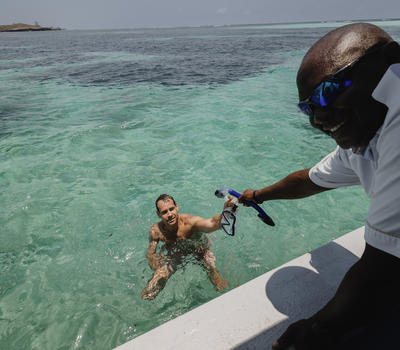
Snorkelling
Exceptional snorkelling conditions in the Park allow all visitors easy access to the spectacular undersea life. Whether a newcomer to the sea, or an experienced diver, you’ll be able to find some exciting things to do.
The Marine Park is about 5 kms long from North to South and approximately 1 km from the shore to the fringing reefs. Snorkelling conditions are ideal at low tide, and especially good at spring low tide. There are hundreds of beautiful coral reef fish which leave you awestruck and dazzled by their vibrant colours. If you are lucky, you may see a sea turtle, a guitarfish or large grouper.
Show More
Show Less
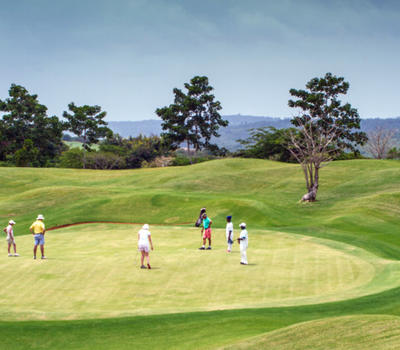
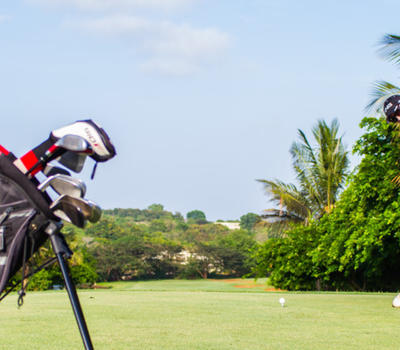
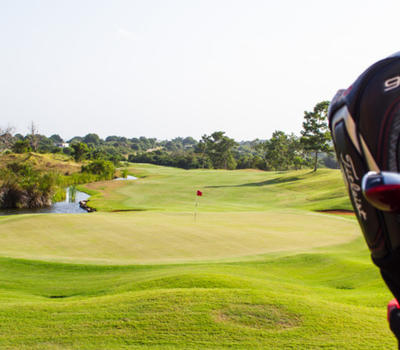
Golf
The five-star golf resort of Vipingo Ridge is a popular day trip for Hemingways’ Watamu guests. 40 minutes’ drive from Watamu, a meandering system of water features runs through the course, keeping the greens bright and spongy. The course is also an oasis for myriad birds and butterflies. The fairways have been expertly modeled so that every hole poses a unique strategic challenge to golfers.
Once you’ve mastered the effects of the fickle monsoon breezes to complete this 72-par course, head to the terrace bar of the Swahili style clubhouse to watch the sun set over the western inland horizon of baobabs and sisal plantations.
Show More
Show Less
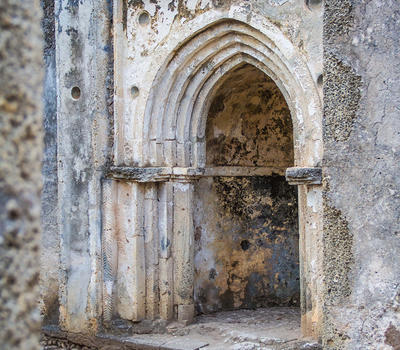
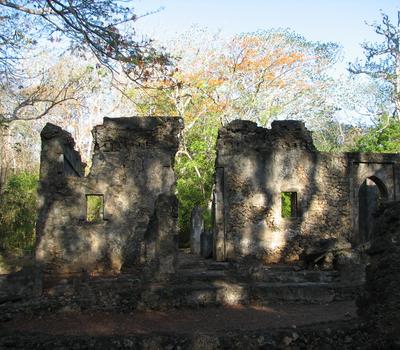

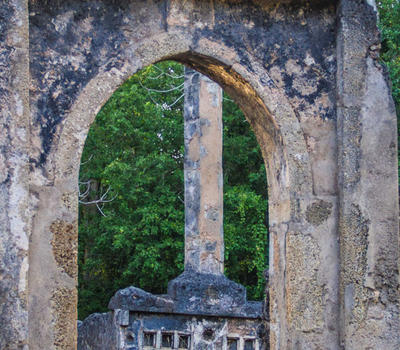
Explore Gede Ruins
Gede Ruins, an archeologist’s delight, was one of the ancient Arab towns that dotted the East African Coast. It dates from the late 13th or early 14th Century and was finally abandoned in the early 17th Century. Excavated since 1927, many areas have been revealed, including the Great Mosque, the Palace, several residential houses and pillar tombs. Surrounded by tall shady trees, a walk through Gede is a must for anyone interested in the Swahili people and Kenya’s history.
Show More
Show Less
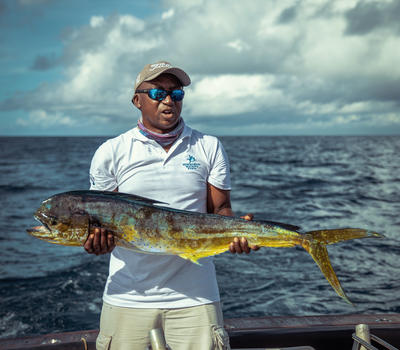
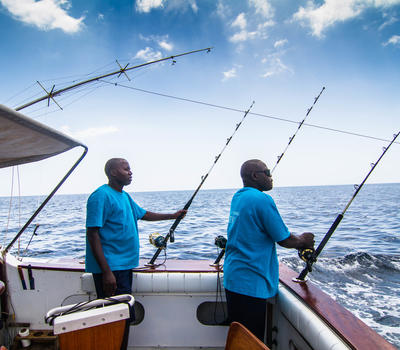
Deep Sea Fishing
Fishing charters are 10 hour full day excursions or 5 hour half days, depending on your preference and normally kick off just after sun rise when conditions are calm and often best for an early catch. Our experienced crews are happy to work with beginners and help them through each step on the fishing learning curve or just sit back and watch a master at work in the chair on a big fish. Children interested in fishing are very welcome too.
Show More
Show Less

Whale watching
Humpback whales are the most majestic animals in the ocean, and are seen annually passing through the Watamu National Marine Protected Area on the Kenyan Coast.
Ask any tourist to name the Big Five of Kenya, and they will no doubt give you the usual list of land animals. Although visitors to Kenya are aware of Kenya’s beautiful beaches, coral reefs, fishes and sea turtles, not many know that 10 different species of dolphins and whale have been identified in Watamu, which could easily be included in the “Marine Big Five”.
Each year whales are first sighted along the coast of East Africa in early June as they make their annual migration north from Antarctica. Whales travel to warm tropical inner reefs during both breeding and birthing. Newly born calves typically remain with the mothers for about two years, until weaned. The return journey is made in October, swimming over 4,000km to the cold, food-rich seas of Antarctica, their main feeding area for sardines or krill. These magnificent marine mammals can reach a length of 15 metres and weigh around 30 tonnes (about six times the weight of an elephant). Watching them in their natural environment leaping out of the water, sometimes in pairs, or larger family groups, is an unforgettable sight. They can sometimes even be seen from land in Watamu, as you sip a cold beer facing the marine park.
Show More
Show Less






